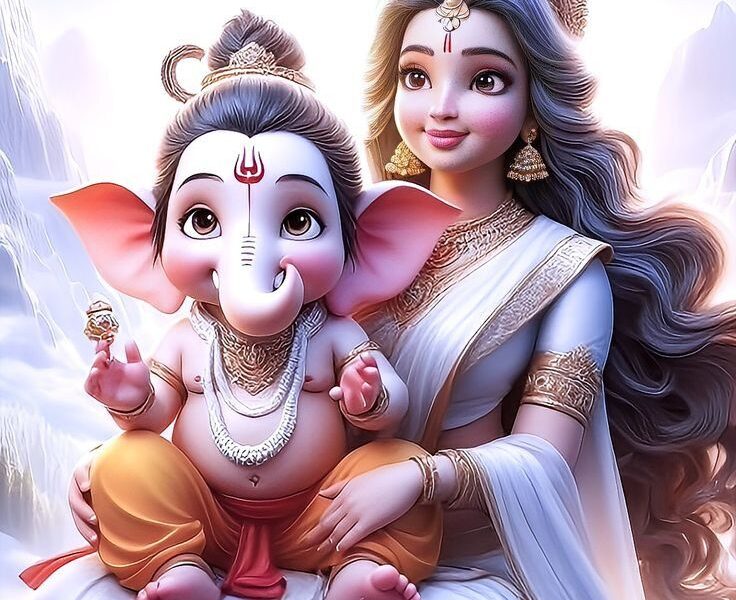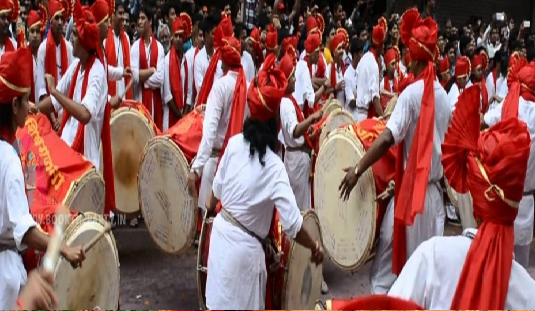Table of Contents
Toggle
Ganesha, one of the most widely worshiped deities in Hinduism, is typically revered in traditional, non-tantric forms. However, some branches of Hindu Tantra do incorporate Ganesha into their practices. Tantra is a complex and diverse spiritual tradition that involves rituals, meditation, and esoteric practices, and it can vary significantly between different sects and schools.
In Tantra, Ganesha may be invoked or meditated upon as a deity representing various aspects of consciousness, transformation, and divine energy. The practices involving Ganesha in Tantra can be quite intricate and are often part of a broader system of worship and meditation.
It’s important to note that the specific practices and forms of Ganesha within Tantra can vary widely, and not all tantric traditions involve Ganesha. Additionally, Tantra is often considered esoteric and may not be widely accessible or understood by those outside of its specific traditions.
If you are interested in learning more about the tantric forms of Ganesha, I would recommend consulting with a qualified and knowledgeable Tantra practitioner or scholar who can provide you with more detailed information and guidance on this topic.
What are the tantrik form of ganesha?
Actually there are 32 form of Lord Ganesh but for tantrik purpose it only have five of them lets know about them. In Tantra, Ganesha is sometimes invoked and worshiped in specific forms that are believed to represent various aspects of consciousness, transformation, and spiritual awakening. These tantric forms of Ganesha are not as widely known or practiced as the more common depictions of Ganesha, but they are a part of certain esoteric traditions. Here are a few examples:
Ucchishta Ganapati: Ucchishta Ganapati is a tantric form of Ganesha that is often depicted in a blue or black complexion. This form of Ganesha is associated with the concept of “ucchishta,” which means leftover or remnants of a ritual offering. Ucchishta Ganapati is typically shown consuming these remnants, symbolizing the assimilation of impurities or negative energies.
Heramba Ganapati: Heramba Ganapati is a five-headed form of Ganesha, often depicted riding a lion or a divine cow. This form is considered particularly protective and is revered for removing obstacles, fears, and negative influences from the lives of devotees.
Tryakshara Ganapati: Tryakshara Ganapati is a form of Ganesha associated with the three sacred syllables of “AUM” or “OM.” This form is often depicted with three eyes and may hold a noose, goad, and a pot of nectar. It represents the power of the primordial sound and the transformative energy of the mantra.
Lakshmi Ganapati: In some tantric traditions, Ganesha is worshiped alongside the goddess Lakshmi, the deity of wealth and prosperity. This form of Ganesha is believed to bless devotees with material and spiritual abundance.
Taruna Ganapati: Taruna Ganapati is a youthful and vibrant form of Ganesha. This form represents the rejuvenating and transformative energies of Ganesha, helping devotees overcome obstacles and challenges with youthful enthusiasm and vigor.
It’s important to note that these tantric forms of Ganesha are part of specific tantric traditions and are not as widely recognized as the more common forms of Ganesha. The practices associated with these forms can be complex and often involve specific rituals, mantras, and meditation techniques. If you are interested in exploring these forms of Ganesha in more depth, it is advisable to seek guidance from a qualified tantric practitioner or teacher who can provide you with the appropriate teachings and practices.
Click here to find out 32 form of Ganesh
Discover the 32 unique forms of Lord Ganesha, each representing different aspects of wisdom, prosperity, and protection. Learn about their significance and how these forms are revered in Hindu traditions for spiritual growth and divine blessings.
Click Here

One thought on “Tantrik form of Ganesh”